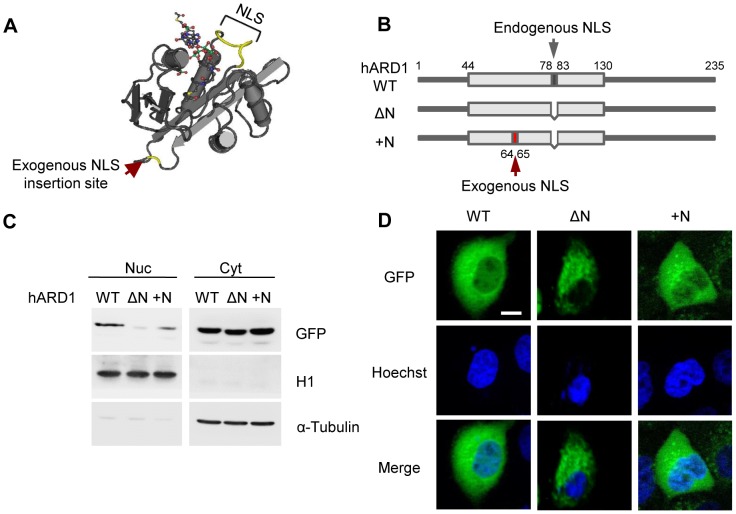Figure 5. An exogenous NLS can rescue the nuclear localization of the hARD1 NLS mutant.
A. The region of the exogenous NLS insertion in ARD1. On the reported structure of the yeast ARD1, the region corresponding to the exogenous NLS insertion site in hARD1 (next to a.a. 64) is indicated by a red arrow. B. Schematic presentation of an exogenous NLS insertion to the NLS deletion mutant of hARD1. The NLS of hARD1, KRSHRR, was inserted next to a.a. 64 of the NLS deletion mutant (GFP-hARD1+N). C. Insertion of NLS into hARD1 rescued the nuclear localization of the NLS deletion mutant. GFP-hARD1 WT, ΔN, and +N were transfected into HEK293T cells, and the localization of hARD1 was analyzed by nuclear/cytosolic fractionation. Note the slightly smaller size of ΔN recovered in +N. D. An exogenous NLS can redirect the hARD1 NLS mutant into the nuclei. GFP-hARD1 WT-, ΔN-, and +N-expressing HeLa cells were visualized under fluorescence microscopy. Scale bar, 10 µm.

